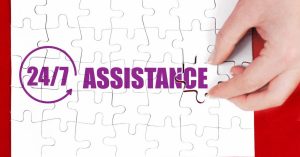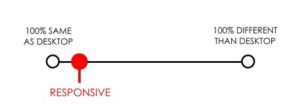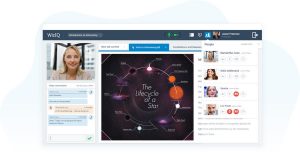
What exactly constitutes perfect blog posts?
With the BCATW’s Blogging Contest coming up immediately after their travel writing symposium on April 10th, I’ve been thinking a lot about what makes blog posts excellent enough to win a contest.
Or attractive enough to get traffic.
Our association is composed of magazine writers – and only just recently created a travel blogger membership – and we’re asking them to blog about our conference in a competition for travel-related prizes.
How can I advise them? What tools can I offer? Which techniques and prompts will help?
Here my top tips for creating perfect blog posts:
Catchy headline
There is no stronger element to get your post read than an attention grabbing, keyword-targeted, descriptive title. It’s the first thing a reader sees, before the featured image and the excerpt or description. Whole books are written about blog post headlines and how to manipulate them to your advantage. And because it dictates your permalink, your title deserves extra thought.
Striking image
Next to the headline, your use of images is the most important element. A striking featured image can make the difference between readers clicking or not. Blog pictures must be striking, illustrative, preferably original, and optimized for search if you want to catch reader’s eyes.
Informative, entertaining writing
The best posts make creative use of literary norms like hooks, metaphors, transitions, cultural references, examples and comparisons to tell a story that’s compelling enough to read and smart enough to learn from. Humor is huge on the Web, and so is accuracy and referencing. Use conventional Beginning/Middle/End structure by starting with an insightful intro, backing up your thesis with facts, then finishing it with a rousing conclusion, all the while showing your personality.
Head tags
Headers are the road signs of a post. Using font size and weight, they show readers and search spiders what’s important on the page. Non-fiction web reading cries out for logical use of head tags. Their importance can’t be underscored enough.
Smart links
The web is built on links, so you’ve to place them. Both internal and external links are essential for moving traffic both into and outside your site. It’s important also to decide if you want links to be “dofollow” or “nofollow” to prevent sending link juice where it works against you. And to prevent broken links in the future, make sure the page you’re linking to is going to stay there.
Author bio
Who is writing this post is on the mind of every reader. We want a name, occupation, experience and a face. There is so much robo-posting these days; posting a bio gives you credibility and a certain amount of likability.
Categories and Tags
The best way to corral your unruly posts is by categorizing and tagging them. Think of Categories as your post’s Table of Contents, the Tags as the Index. It may be drudgery to do this stuff, but tags help you lead readers to related posts.
Call to action
Blog posts are not just for storytelling, they are for motivating. Activating your readers toward some kind of goal is the objective. The most basic CTA asks readers to leave a comment or subscribe. The more assertive ones ask them to buy now, click here, share this. Presenting a row of related posts is a form of silent CTA. Pop-ups are the most obtrusive. However you end your post, call your readers to action!
Catchy SERP description
A good Description on your keyword’s search results page works like the headline to draw readers in. Control your posts SERP Description in the Yoast SEO plugin. Pull a line from the post or construct a new passage, and include your keyword. If you don’t control your SERP Description, Google will choose it for you, usually the first sentence of the post, but sometimes random tags or code. While you’re add it, create a snappy Excerpt, which works like the book jacket of your post.
Extra points for:
Pull-quotes
It’s nice to present a profound quote in large font set off from the text. It works almost as a header tag. Plugins like Click to Tweet work like a Share button, but they also look like a pull-quote.
Lists
If you have a list, it’s easy to add bullet points or numbers in WordPress using the built-in formatting tools. This formatting is effective and will stand out as clearly as a pull quote.
Blog on!
Whether you’re competing for prizes, posting for business, or simply sharing your thoughts, these essential elements will help your posts stand out enough to win more readers.
This is, of course, what you need to do before you hit “Publish.” Marketing your published post on social media is also essential, but that’s the subject of a whole other blog post.
What have I forgotten? Are there any other elements of blogging you find essential? Comment, please.
Digital & Social Articles on Business 2 Community(13)








